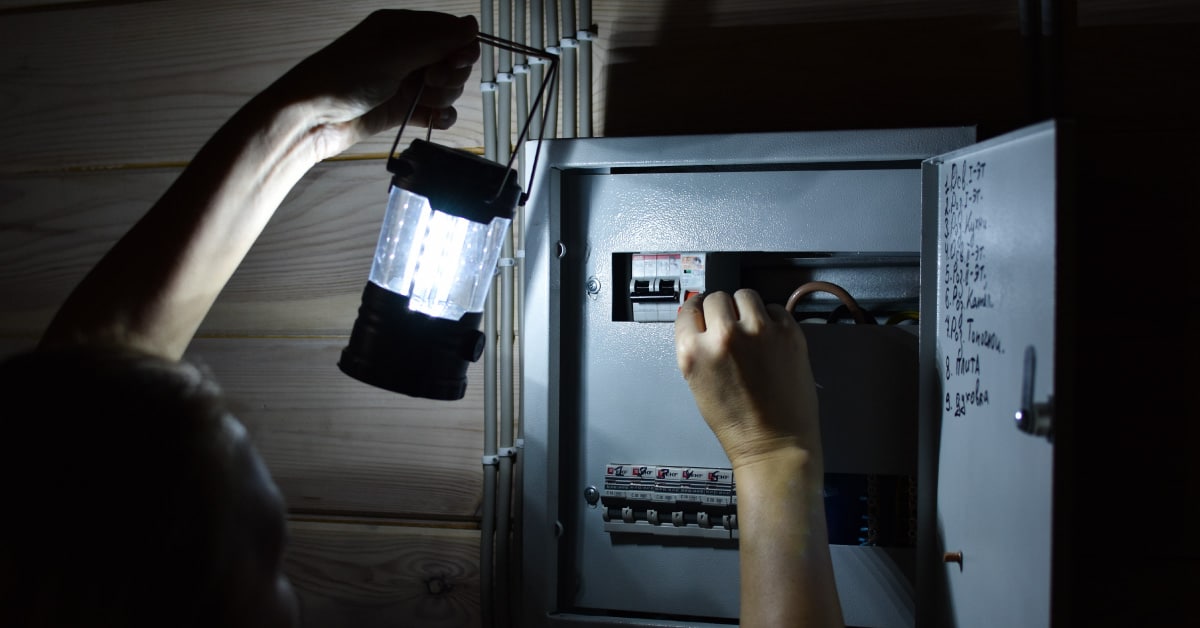Understanding the Common Causes of Power Outages - NEC Coop
Jun 22, 2023 — Resources

If you’ve been a resident of Texas for a long time, you are likely well acquainted with power outages. The state experiences these disruptions frequently due to its geographical and meteorological characteristics. Texas is a diverse state with varying climates, transitioning from arid conditions in the west to humid environments in the east. This range of climates creates favorable conditions for storms and other disasters that can result in power grid failures.
To ensure you are informed about the different causes of power outages, we have compiled a list of its primary causes. Read on.
Thunderstorms
Texas’ high temperatures, coupled with moist winds from the Gulf of Mexico, make it highly susceptible to thunderstorms, which have the potential to cause significant power outages. While areas closer to the Gulf are generally more prone to thunderstorms, lightning poses a risk of outages no matter where it strikes.
Hurricanes
In 2008, Hurricane Ike inflicted billions of dollars in damages, particularly affecting the cities of Houston and Galveston. These areas, due to their proximity to the Gulf of Mexico, have always been and continue to be vulnerable to hurricanes. Approximately every ten years, Texas’ coastal regions are hit by hurricanes, resulting in extensive destruction and widespread power outages.
Flash Floods
Texas experiences frequent thunderstorms and hurricanes that can trigger flash floods, a highly destructive weather phenomenon that comes with little warning. The immense force of floodwaters or the presence of large debris can knock down power lines and disrupt the power grid, resulting in power outages of varying scales. Due to the heightened risk of flash floods, the central part of the state has earned the moniker “Flash Flood Alley.”
Cold Snaps
Despite its reputation for scorching temperatures, even Texas is susceptible to sudden cold snaps. While the panhandle region typically experiences the coldest winters, areas farther south are also vulnerable. Cold snaps accompanied by power outages pose a significant threat since many households lack alternative heating sources.
High Winds & Tornadoes
With its vast flatlands, Texas is an ideal location for high-speed winds and tornadoes, leading to widespread damage to utilities. The northern region of the state, including towns like Amarillo and Lubbock, falls within the infamous “Tornado Alley” region due to the convergence of prevailing winds during the spring, which increases the likelihood of tornadoes.
Minor, Isolated Incidents
Power outages are not always the result of major weather events. Smaller incidents like fallen tree branches or even car accidents can also lead to outages.
The climate in Texas is known for its rapid changes, but it is essential to be aware of annual and geographical patterns that could contribute to potential electrical issues. If you reside in this wonderful state, it’s wise to know the common causes of power outages and be prepared for them to ensure your safety when one inevitably occurs.
Sources:
“Why Texas is called Flash Flood Alley,” Spectrum Local News, https://spectrumlocalnews.com/tx/south-texas-el-paso/weather/2021/04/26/texas-is-called-flash-flood-alley
“Can cold weather cause a power outage?” Mister Sparky, https://www.mistersparky-dfw.com/answers/can-cold-weather-cause-power-outage/
“Discover 5 States With the Most Tornadoes,” A-Z Animals, https://a-z-animals.com/blog/discover-states-with-the-most-tornadoes/

